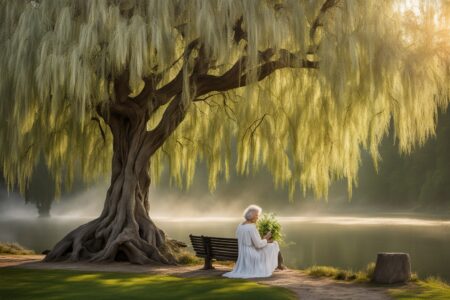Tropical Gardening Bliss: A Senior’s Guide to Paradise
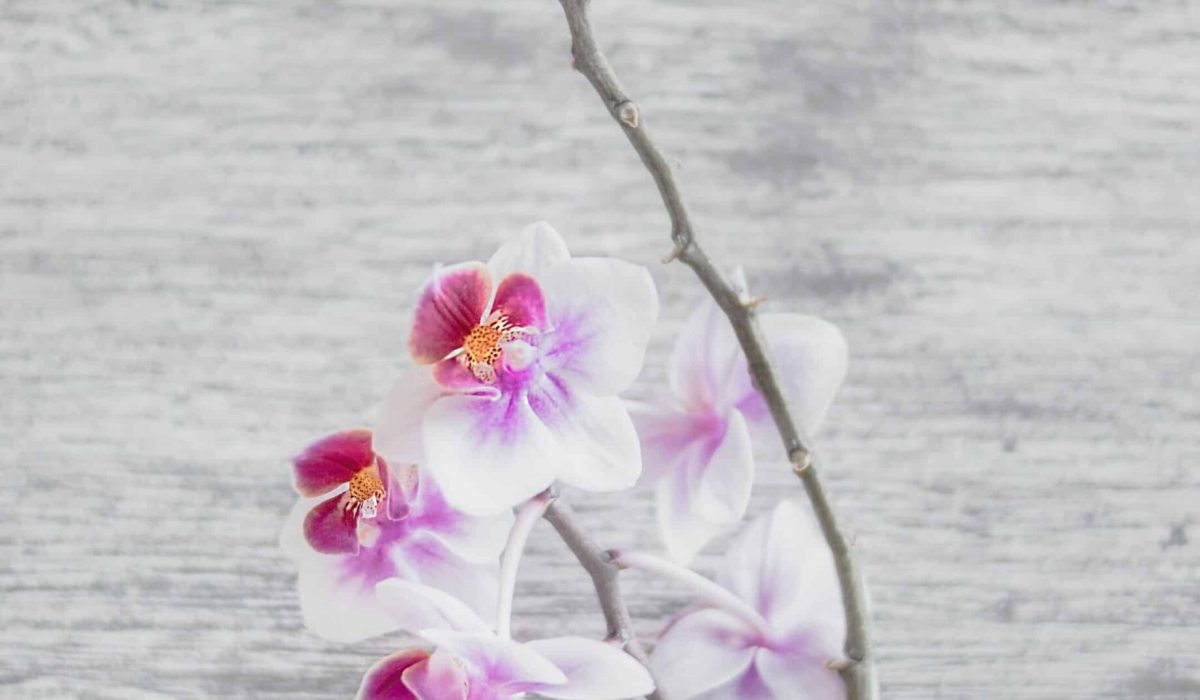
Embracing retirement provides a splendid opportunity to indulge in passions and hobbies that may have been sidelined during the bustling working years. For many, the allure of tropical gardening offers a serene and rewarding escape. Imagine your own slice of paradise, where vibrant flowers bloom, exotic fruits ripen, and lush greenery thrives, all within the comforts of your backyard or balcony.
Tropical gardening bliss is not just about the visual splendour; it’s a harmonious blend of sensory experiences and therapeutic benefits that can significantly enhance the quality of life for seniors. Whether you’re a seasoned green thumb or just beginning to explore the world of horticulture, our guide is designed to provide practical tips, insightful advice, and inspirational ideas to help you create and maintain a tropical garden that’s both a haven for nature and a sanctuary for your soul.
Join us as we delve into the world of tropical gardening, optimising the experience for retirees who are ready to transform their green spaces into a tranquil retreat. With the right approach and a touch of creativity, you can cultivate a lush environment that revitalises your spirit and connects you with the natural world in your golden years.
CONTENT
Understanding Tropical Gardening
Tropical gardening is a delightful pursuit that allows seniors to immerse themselves in the beauty and tranquility of lush, tropical landscapes. This specialized form of gardening involves cultivating and nurturing plants that thrive in warm, humid climates reminiscent of tropical regions. The focus is on creating an environment that fosters a wide variety of vibrant, exotic plant life, from large leafy foliage to stunning bursts of color from tropical flowers. With the right approach, seniors can transform their outdoor spaces into a mini-paradise, rich with the sights, scents, and sounds of a tropical retreat.
One of the key features of tropical gardening is the emphasis on creating a microclimate that mimics the conditions of a tropical region. This can involve strategic placement of plants to provide shelter from harsh winds, ample sunlight, and balanced watering to mimic the humid conditions of a tropical ecosystem. By understanding the unique needs of tropical plants, seniors can create a thriving oasis that supports not only the plants themselves but also the diverse range of pollinators and wildlife that are integral to a vibrant tropical garden.
Moreover, tropical gardening offers seniors an opportunity to reconnect with nature and foster a deeper appreciation for biodiversity. It’s a chance to escape into an environment that mirrors the beauty and tranquility of a faraway tropical getaway, right in the comfort of their own outdoor space. Whether it’s the lush greenery, the mesmerizing array of colors, or the captivating scents, tropical gardening offers a sensory experience that can captivate and uplift the spirits of retirees looking to create their own piece of tropical paradise.
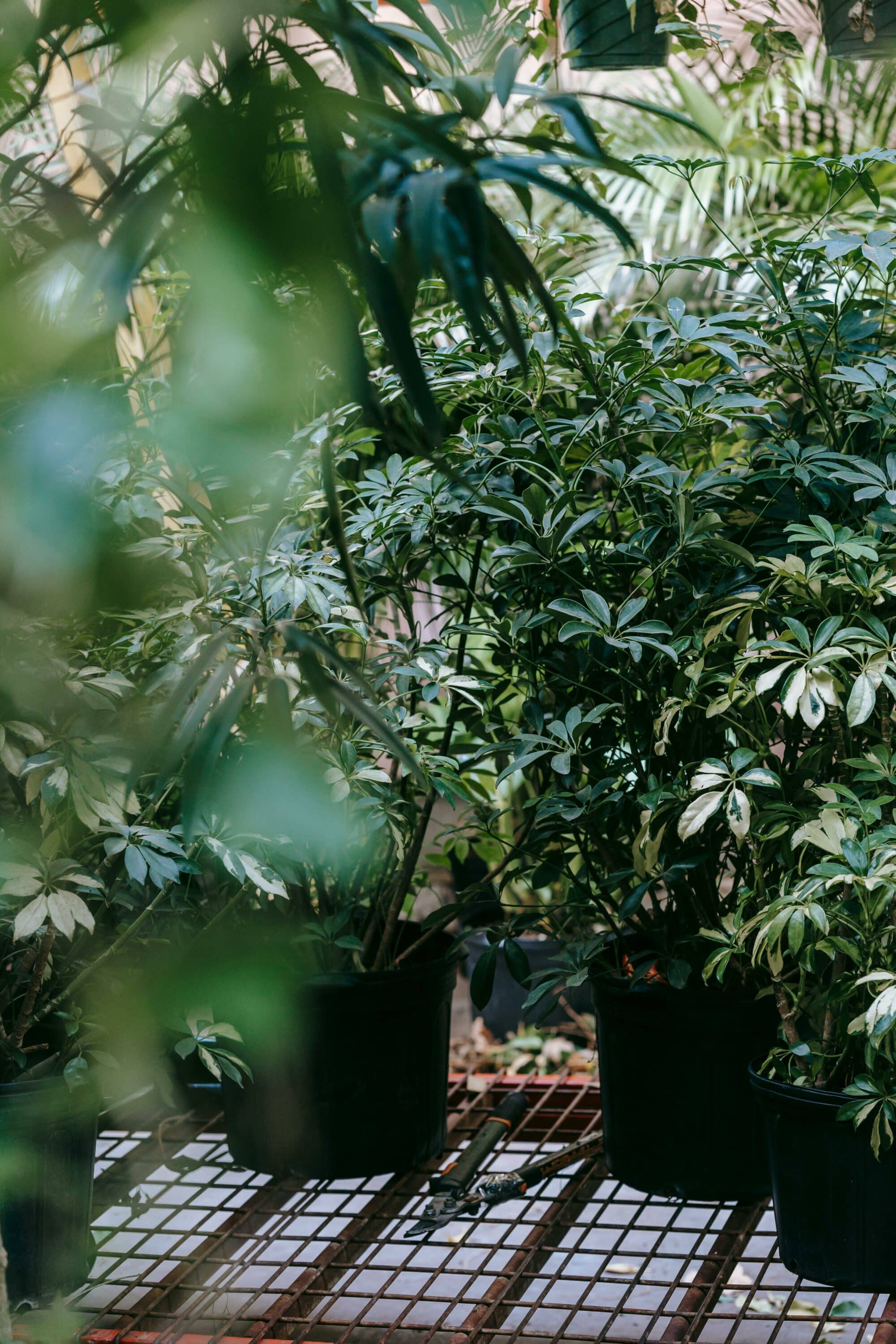
Choosing the Right Location for Your Tropical Garden
Selecting the ideal location for a tropical garden is a crucial first step in creating a flourishing oasis, ensuring that the chosen space offers the right conditions for tropical plants to thrive. When choosing a location, it’s essential to consider the amount of sunlight the area receives. Most tropical plants thrive in bright, indirect sunlight, so look for a spot that provides dappled sunlight or partial shade. This can be under the canopy of larger trees or near buildings that offer protection from harsh direct sunlight.
Additionally, it’s important to assess the microclimate of the intended location, considering factors such as air temperature, humidity, and wind exposure. Look for areas that are sheltered from strong winds and allow for the retention of warmth and humidity, as these conditions closely mimic the tropical climate that many tropical plants prefer. The proximity to structures and large plants can also create pockets of warmer, more humid air, which can be beneficial for tropical plants, especially during cooler periods.
Furthermore, accessibility and convenience are key considerations when selecting the location of a tropical garden, especially for seniors. Choose a spot that is easily accessible for regular maintenance and care, allowing for comfortable movement and minimal physical strain. Ensuring that the location is close to a water source and equipped with supportive tools and equipment can streamline the gardening process, making it an enjoyable and sustainable activity for retirees.
Selecting Tropical Plants Suitable for Seniors
Choosing the right tropical plants for a senior’s garden involves considering a range of factors, including the plant’s size, maintenance requirements, and climate suitability. As seniors may prefer a garden that’s relatively low-maintenance, selecting tropical plants that are resilient and require minimal care can be a practical choice. Look for plants that are well-suited to the local climate, such as heat-tolerant varieties that can thrive in warm weather without demanding excessive attention.
Furthermore, opting for plants with manageable growth sizes is essential to facilitate ease of care and ensure that the garden remains visually appealing without becoming overwhelming to maintain. Compact and dwarf varieties of tropical plants can be an excellent choice for senior gardeners, as they are often easier to manage and can be positioned to create a harmonious and balanced garden layout. Additionally, selecting plants with varied foliage and flowering cycles can contribute to a visually stimulating and dynamic garden, providing year-round interest and beauty.
It’s also important to consider the potential medicinal and aromatic properties of tropical plants for seniors’ well-being. Many tropical plants possess healing and therapeutic properties, from providing natural remedies to emitting soothing fragrances. Incorporating plants with holistic benefits can elevate the garden space into an environment that contributes to the overall wellness and relaxation of seniors, creating a nurturing sanctuary within their outdoor oasis.
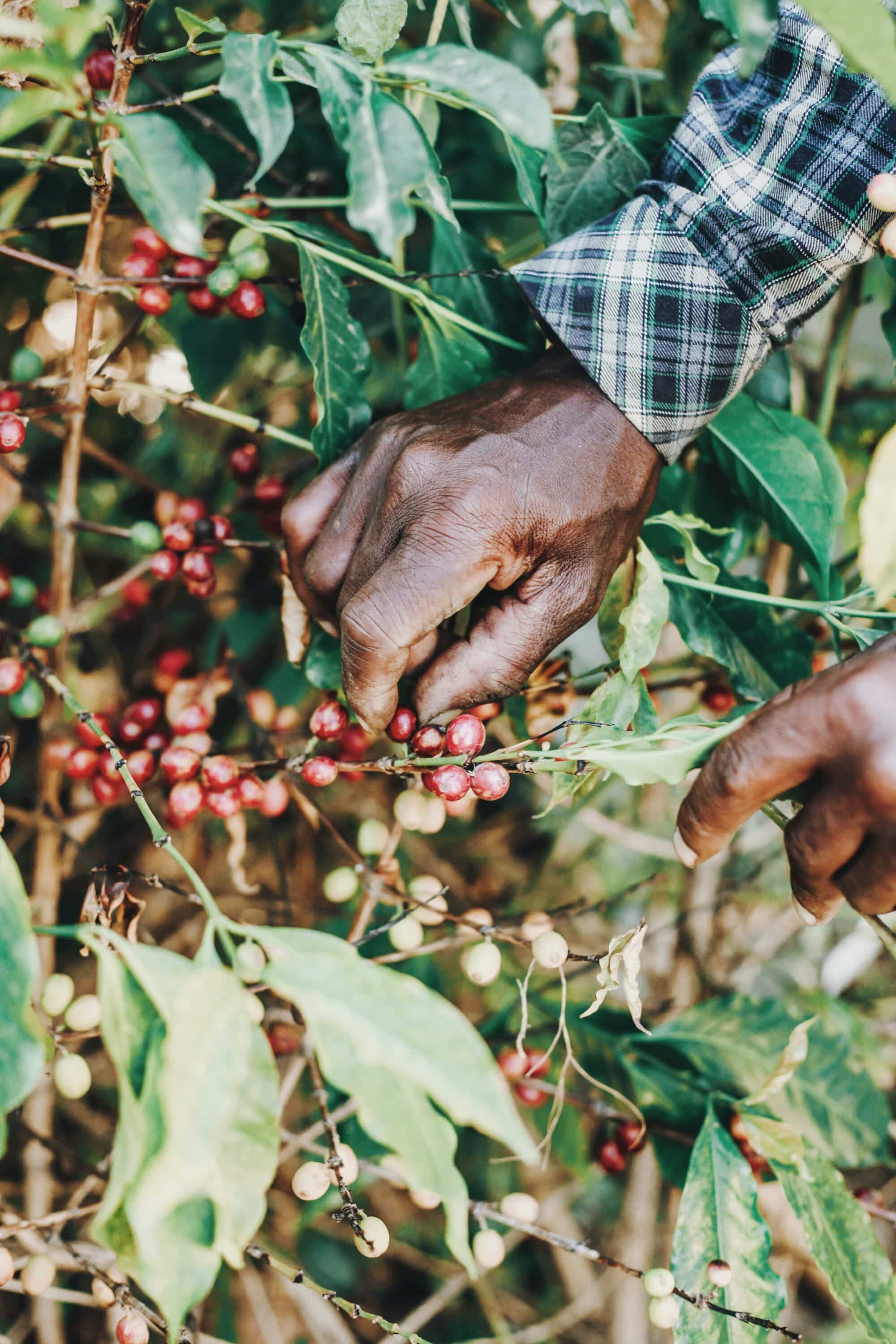
Designing Your Tropical Garden Layout
Creating an efficient and visually captivating layout is essential when designing a tropical garden for seniors. Begin by establishing a clear vision for the garden, considering elements such as the desired atmosphere, color palette, and focal points. Aim to create a layout that balances lush greenery, colorful blooms, and open spaces, allowing for a harmonious and visually pleasing garden that is inviting and serene. By carefully planning the layout, seniors can create a tranquil retreat that maximizes the beauty and functionality of their outdoor space.
Incorporating pathways and designated seating areas into the garden layout is another important aspect to consider, as it enhances accessibility and comfort for seniors. Well-defined pathways can facilitate easy navigation through the garden and provide opportunities for leisurely strolls, while strategically positioned seating areas offer a place for seniors to rest and immerse themselves in the natural beauty of their tropical oasis. Embracing the concept of outdoor living, consider integrating elements such as pergolas or shaded structures that provide relief from the sun and create inviting spaces for relaxation and social activities.
Furthermore, the concept of layering different plants and elements is crucial to creating depth and dimension within the garden. Incorporate taller plants and trees at the back or center of the garden, gradually transitioning to medium-height plants and ground covers toward the front. This arrangement not only adds visual interest but also creates a sense of depth and fullness within the garden, resulting in a lush and vibrant setting that showcases the diversity and beauty of tropical plant life. By thoughtfully designing the layout, seniors can create an enchanting tropical garden that beckons and delights at every turn.
Soil Prep and Fertilisation for Healthy Growth
Preparing the soil and providing suitable fertilization are paramount in fostering healthy and robust growth in a tropical garden tailored for seniors. The key to successful soil preparation lies in ensuring that the soil is well-draining, rich in organic matter, and able to retain moisture – all essential elements for tropical plant growth. Consider enriching the soil with compost and organic matter to promote fertility and structure, allowing for improved water retention and nutrient availability. Additionally, adding a layer of mulch to the soil surface can regulate soil temperature, deter weed growth, and reduce the need for frequent watering, making it an invaluable component of soil preparation in a tropical garden.
Furthermore, selecting the right fertilizers and nutrient supplements is crucial for sustaining the lush and vibrant growth of tropical plants. Tropical plants often have unique nutrient requirements, and it’s essential to provide a balanced and appropriate supply of essential nutrients to support their development. Choose fertilizers that are specially formulated for tropical plants and are rich in micronutrients such as magnesium, iron, and manganese, which are commonly found to be deficient in tropical soils. By carefully selecting and applying fertilizers according to the specific needs of the plants, seniors can ensure that their tropical garden flourishes with healthy foliage and prolific blooms, creating an enchanting and visually captivating outdoor retreat.
Moreover, incorporating sustainable and organic fertilization practices can contribute to the overall health and resilience of the garden ecosystem. Consider using natural fertilizers, compost tea, or homemade organic nutrient mixes that not only nourish the plants but also promote soil biodiversity and microbial activity – essential components for a thriving tropical garden. By adopting eco-friendly fertilization methods, seniors can create a garden that not only showcases the beauty of tropical flora but also embodies sustainable gardening practices that benefit both the garden and the surrounding environment.
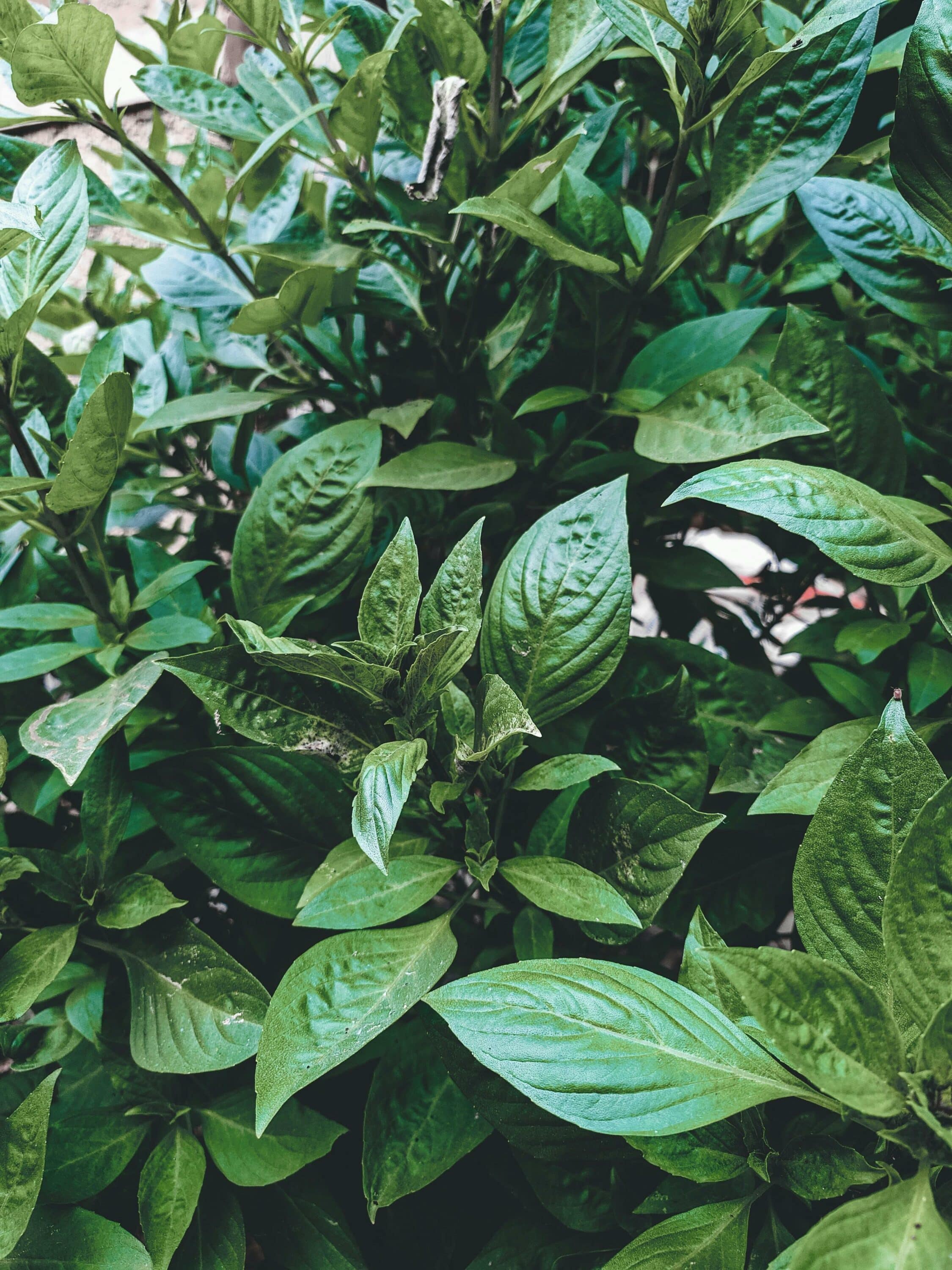
Watering Techniques for a Lush Tropical Garden
Implementing appropriate watering techniques is vital in maintaining the lush and vibrant growth of a tropical garden, particularly for seniors aiming to cultivate a serene oasis that thrives with minimal effort. The key to successful watering lies in striking a balance between providing adequate moisture for the plants while avoiding waterlogging, especially in the context of tropical plants that typically favor consistently moist soil. Drawing upon smart irrigation practices, such as applying water directly to the root zone rather than overhead, can help conserve water, reduce evaporation, and promote efficient water uptake by the plants.
Moreover, incorporating a mulching strategy can significantly aid in water retention and conservation within the tropical garden. A layer of organic mulch, such as wood chips or shredded leaves, can help regulate soil moisture levels by reducing water evaporation and minimizing weed growth. Not only does this conserve water and reduce the need for frequent watering, but it also nurtures a healthier soil environment by encouraging beneficial microbial activity and protecting the roots of tropical plants from temperature fluctuations.
Furthermore, embracing the concept of water-efficient gardening practices, such as drip irrigation systems and rainwater harvesting, can further support the sustainable and eco-friendly nurturing of a tropical garden. Seniors can explore the installation of low-maintenance irrigation systems that deliver water directly to the base of plants, making efficient use of water resources while minimizing the physical exertion associated with manual watering. Additionally, harnessing rainwater as a natural and sustainable water source for the garden can contribute to water conservation efforts, supplementing the irrigation needs of the tropical garden while reducing reliance on traditional water sources.
Managing Sunlight and Shade in Your Oasis
Effectively managing sunlight and shade is essential in creating a balanced and thriving oasis for a tropical garden designed to cater to the needs of seniors. Understanding the varying light requirements of tropical plants is crucial when establishing the garden layout and positioning different plant varieties. For instance, shade-loving plants can be strategically placed in areas where they are shielded from direct sunlight, such as under the canopy of larger trees or near buildings, while sun-loving plants can be positioned in sunnier spots to receive the light they require for healthy growth. By carefully planning the distribution of sunlight and shade, seniors can ensure that their tropical garden accommodates a diverse array of plant species and maximizes the garden’s visual appeal.
Incorporating shade elements into the garden architecture can provide relief from intense sunlight and create comfortable spaces for seniors to enjoy their garden oasis. Consider integrating features such as pergolas, trellises, or shade sails that offer partial shade and protection from harsh sun exposure. These structures not only enhance the aesthetic appeal of the garden but also provide inviting areas for relaxation, social activities, and leisurely contemplation amidst the lush beauty of the tropical plants.
Furthermore, actively managing sunlight and shade can extend to implementing seasonal adjustments to accommodate the changing angle of the sun and the varying light patterns throughout the year. Seniors can make use of movable shade elements, such as umbrellas or portable screens, to adapt to the shifting light conditions and ensure that the tropical garden remains comfortable and inviting for relaxation and outdoor activities. By maintaining a carefully orchestrated balance between sunlight and shade, seniors can create a tropical oasis that offers a serene and harmonious environment in which tropical plants can thrive, and they can fully enjoy the beauty of their outdoor retreat.
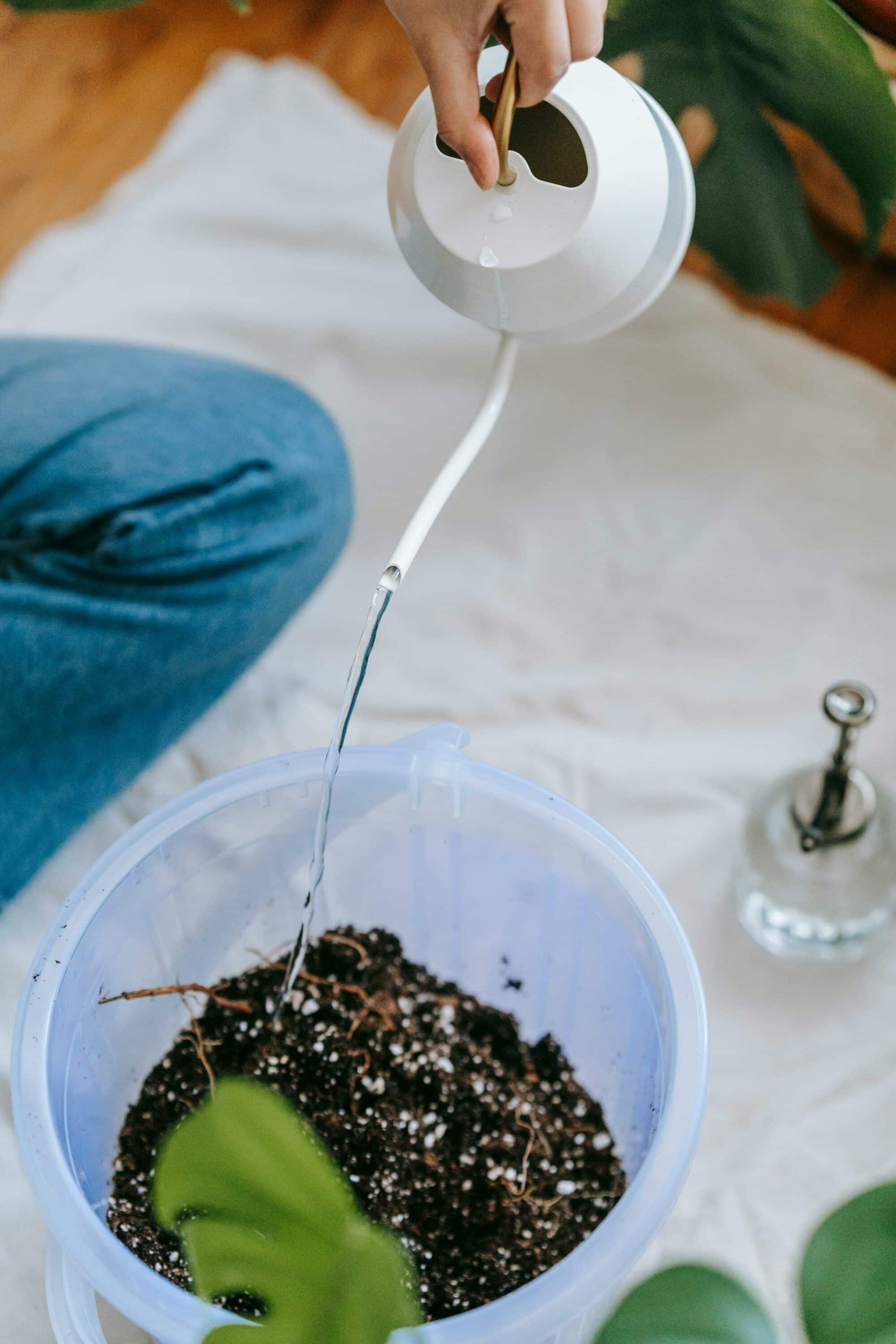
Tools and Equipment for Easy Gardening
Equipping the tropical garden with the right tools and equipment can greatly facilitate gardening activities for seniors, ensuring that the experience is both enjoyable and manageable. To start, investing in lightweight and ergonomic gardening tools can significantly reduce physical strain and enhance comfort during gardening tasks. Tools with padded handles, adjustable lengths, and easy-grip features can make gardening more accessible and comfortable for seniors, allowing them to tend to their garden with greater ease and confidence.
In addition, incorporating assistive gardening equipment, such as wheeled carts, kneelers, and long-handled reachers, can further support seniors in their gardening endeavors. These tools can assist with tasks such as transporting supplies, accessing hard-to-reach areas, and minimizing the need for bending and kneeling, making gardening activities more convenient and less physically demanding. By utilising assistive equipment, seniors can engage in their love for gardening without feeling restricted by mobility or physical limitations.
Moreover, integrating smart technology and automation tools, such as water timers and automatic irrigation systems, can streamline gardening tasks and reduce the need for manual intervention. Automated watering systems can ensure that plants receive consistent and appropriate hydration without the need for frequent manual watering, simplifying maintenance efforts and promoting the health of the tropical garden. By embracing gardening equipment that prioritizes ease of use and practicality, seniors can continue to indulge in their passion for gardening while optimising their physical comfort and overall gardening experience.
Navigating the Challenges of Tropical Gardening
Embracing tropical gardening as a senior comes with its own set of unique challenges, from managing the specific needs of tropical plants to navigating the impact of local weather conditions. One fundamental challenge is the potential for extreme weather events, such as heavy rainfall, intense heat, or strong winds, which can impact the health and stability of the tropical garden. To address this, seniors can explore protective measures, such as installing windbreaks, shade structures, or drainage systems, to mitigate the impact of adverse weather and safeguard the garden’s integrity.
Furthermore, pests and diseases specific to tropical plants can pose challenges for seniors engaging in tropical gardening. Stay proactive in establishing a garden management plan that includes pest and disease monitoring, implementing organic pest control methods, and promoting plant health through regular inspections and appropriate care. By being attentive to the signs of pest or disease infestations and taking preemptive measures, seniors can maintain a healthy and flourishing tropical garden while minimizing the impact of potential challenges.
Another challenge worth addressing is the environmental impact of tropical gardening practices, particularly in relation to water conservation, sustainable soil management, and biodiversity preservation. Consider implementing eco-friendly gardening techniques, such as water-wise irrigation methods, organic fertilization, and promoting natural habitats for beneficial insects and pollinators. By prioritizing sustainable gardening practices, seniors can create a tropical garden that not only elevates their outdoor space but also contributes positively to the local ecosystem, fostering a harmonious and environmentally conscious approach to tropical gardening.
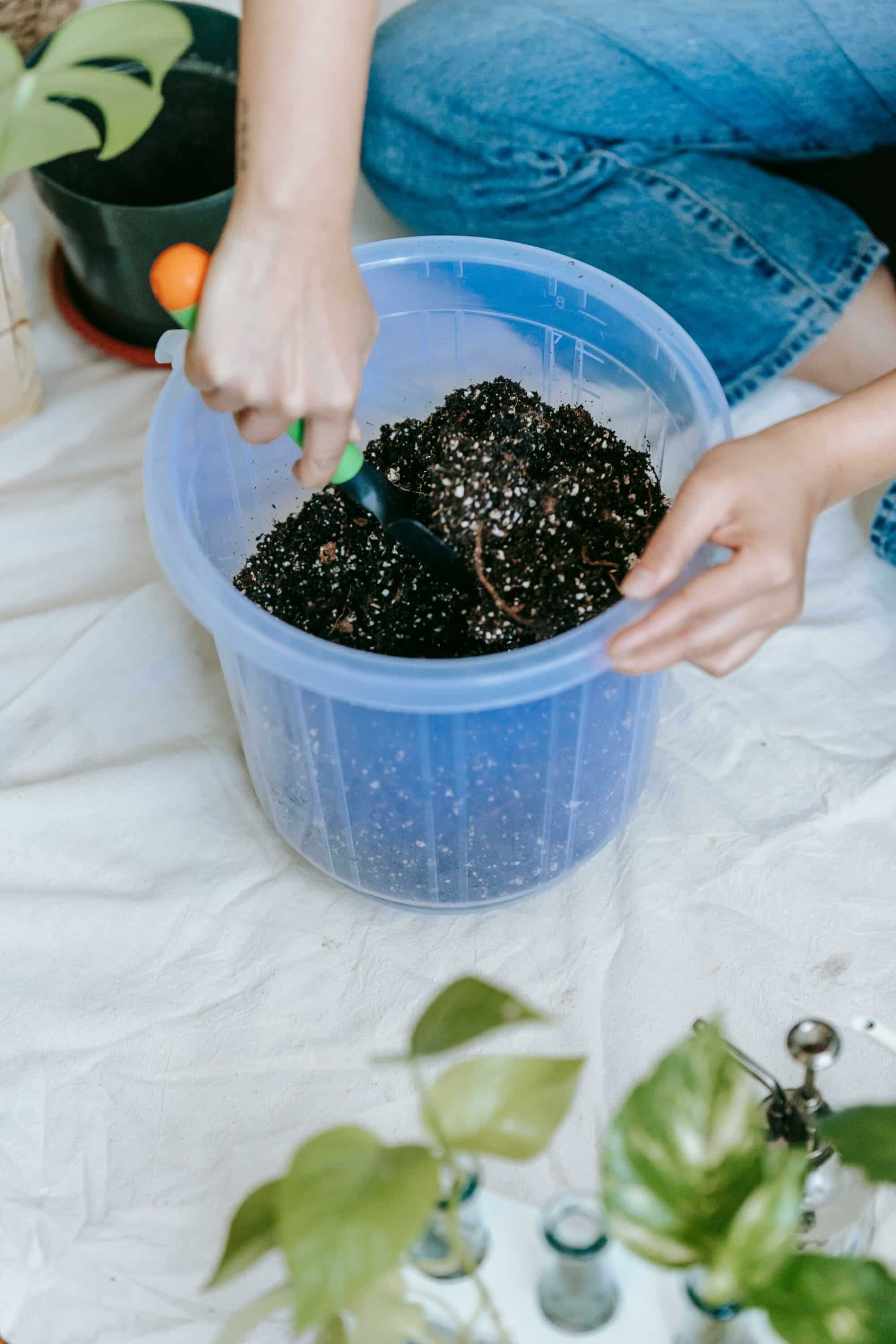
Creating an Accessible and Safe Garden Space
Creating an accessible and safe garden space for seniors is essential in ensuring that the tropical garden can be enjoyed and tended to with ease and confidence. Begin by optimizing pathways and garden surfaces to facilitate smooth and comfortable navigation for seniors, particularly those with mobility limitations. Incorporating non-slip pathways, ramp access, and level surfaces can enhance safety and accessibility, allowing seniors to move around the garden space without difficulty and reducing the risk of trips and falls.
Furthermore, strategic garden design is critical in establishing a safe and user-friendly space for seniors. This involves minimizing physical obstacles, such as excessive clutter, uneven terrain, and low-hanging branches, in order to create a well-organized and hazard-free environment. Clipping back overgrown foliage, regularly maintaining garden structures, and ensuring that gardening tools and equipment are securely stored can significantly contribute to the safety and functionality of the tropical garden. By eliminating potential hazards, seniors can enjoy their garden oasis with confidence, focusing on the beauty and tranquility of the space without unnecessary concerns about safety.
In addition, integrating seating areas, shaded retreats, and easy-to-reach gardening zones can enrich the garden experience for seniors, providing spaces for rest, relaxation, and hands-on gardening activities. Consider installing comfortable seating options and designing designated gardening areas that are within reach and easily accessible, ensuring that seniors can engage in their gardening pursuits comfortably and without excessive physical strain. By fostering a garden environment that prioritizes both safety and comfort, seniors can indulge in the therapeutic joys of tropical gardening and create cherished memories within their accessible and inviting garden space.
Year-Round Care for Your Tropical Garden
Year-round care for a tropical garden is crucial in maintaining the lush beauty and vitality of the garden, providing seniors with an evergreen retreat that blossoms in all seasons. Regular maintenance tasks, such as pruning, weeding, and monitoring plant health, are essential for the ongoing care of the tropical garden. Pruning tropical plants to remove dead or overgrown foliage, controlling weed growth, and inspecting for signs of pest infestations are integral in preserving the garden’s aesthetic appeal and ensuring the well-being of the plant community.
Moreover, understanding the seasonal growth patterns and specific needs of tropical plants is vital in tailoring care practices to the changing environmental conditions. In cooler months, focus on protecting sensitive tropical plants from cold temperatures by providing adequate shelter or wrapping vulnerable plants with frost cloth. During warmer seasons, increase watering and monitor soil moisture levels to accommodate the higher water demands of tropical plants. By adapting care routines to suit the seasonal nuances, seniors can nurture a tropical garden that thrives throughout the year, showcasing a vibrant kaleidoscope of colors and textures.
Furthermore, fostering a resilient and sustainable tropical garden involves promoting soil health, encouraging biodiversity, and harnessing natural ecosystem processes to create a balanced and self-sustaining garden environment. Adopting organic soil enrichment practices, such as adding compost and natural mulch, can enhance soil fertility and microbial activity, while attracting beneficial insects and pollinators can contribute to the health and resilience of the garden ecosystem. Through mindful and attentive year-round care, seniors can create a flourishing tropical garden oasis that reflects the rich diversity and enduring beauty of the natural world.
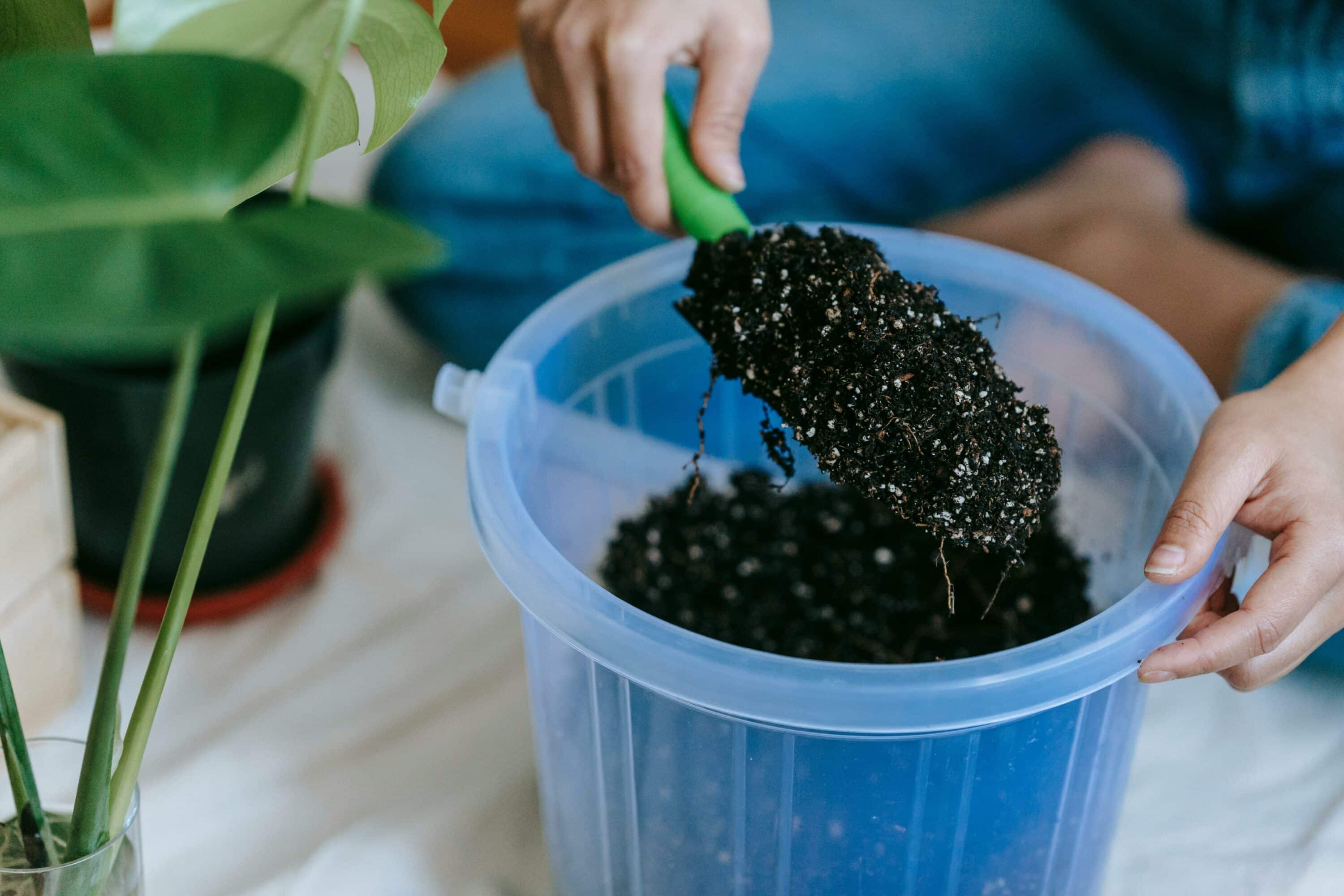
Embracing Wildlife and Sustainability Practices
Embracing wildlife and sustainability practices in a tropical garden offers seniors an opportunity to cultivate a thriving ecosystem that harmoniously coexists with the natural world. Encouraging biodiversity within the garden space can be achieved by incorporating native plants, which provide food and shelter for local wildlife, as well as supporting the conservation of indigenous flora and fauna. By embracing native plants, seniors can attract a diverse array of wildlife, including birds, butterflies, and beneficial insects, enriching the garden environment with enchanting sights and sounds of nature.
Additionally, wildlife-friendly gardening practices, such as providing water sources, nesting spaces, and shelter, can further contribute to the well-being of local wildlife populations. Installing bird baths, creating habitat areas for small mammals and reptiles, and allowing sufficient wild areas within the garden can help sustain and attract a variety of wildlife species, adding an enriching and dynamic element to the tropical garden. By fostering a garden environment that welcomes and supports wildlife, seniors can experience the joy of observing the vibrant interactions between plants and animals, forging a deeper connection with the natural world.
Moreover, prioritizing sustainability practices, such as water conservation, composting, and natural pest control, can further enhance the environmental impact and ecological resilience of the tropical garden. Incorporating water-wise irrigation techniques, utilizing organic materials for soil enrichment, and promoting beneficial predator populations for pest control are sustainable approaches that contribute to the overall health and sustainability of the garden ecosystem. By integrating wildlife-friendly and sustainable gardening principles, seniors can create a tropical garden that serves as a thriving habitat for wildlife and exemplifies a commitment to environmental stewardship.
Conclusion
Embracing tropical gardening in retirement is not just about tending to plants; it’s an immersive journey that connects seniors with the beauty of nature and the therapeutic joys of nurturing a living oasis. From selecting the perfect tropical plants to creating an accessible and sustainable garden space, every step in the process is an opportunity to cultivate an environment that not only flourishes with vibrant flora but also provides a sanctuary for the mind, body, and spirit. Through thoughtful planning, year-round care, and a commitment to wildlife-friendly and sustainable practices, seniors can transform their outdoor spaces into delightful tropical retreats that enrich their retirement years with beauty, tranquility, and a vibrant connection to the natural world. As they immerse themselves in the art of tropical gardening, seniors can revel in the rewarding, ever-evolving tapestry of colors, scents, and life that blooming within their very own piece of paradise.

